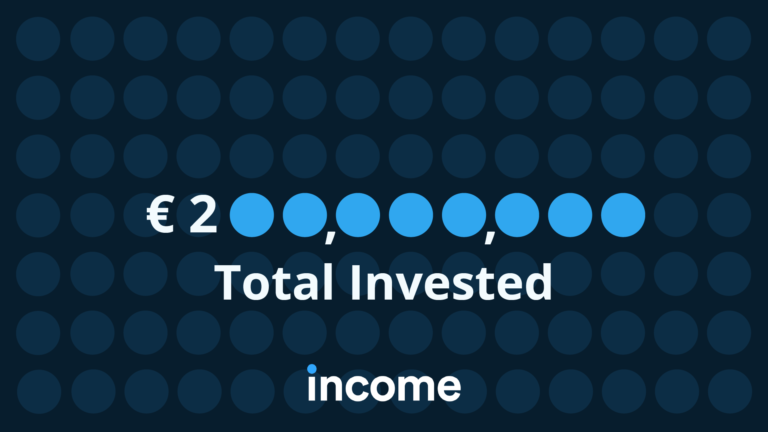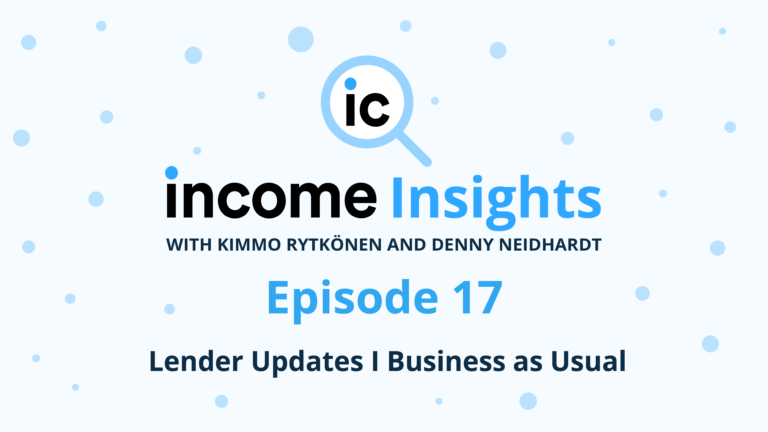Inflation and Stagnation
Inflation is a decrease in the purchasing power of money, reflected in a general increase in the prices of goods and services in an economy.
Euro area annual inflation is expected to be 7.5% in April 2022, up from 7.4% in March, according to a flash estimate from Eurostat. The main components of euro area inflation are energy, food, non-energy industrial goods, and services. Energy is expected to have the highest annual rate in April (38.0%, compared with 44.4% in March) and followed by food, alcohol & tobacco (6.4%, compared with 5.0% in March), non-energy industrial goods (3.8%, compared with 3.4% in March) and services (3.3%, compared with 2.7% in March). The main reasons for the current high inflation rates are money printing due to the global pandemic and the Russian invasion of Ukraine.
Stagnation is a prolonged period of little or no growth in an economy. Real economic growth of less than 2% annually is considered stagnation.
Volatile assets like crypto and stocks have shown low yields this year. After falling for six days in a row, U.S. financial markets rebounded on Friday the 13th of May, with all the major stock indices posting gains and the Nasdaq enjoying its most significant rise in percentage terms—3.8 percent—since November 2020. The Nasdaq Composite has fallen twenty-six percent in the previous six months, the S. & P. 500 is down fourteen percent, and the Dow has slid eleven percent. Many individual stocks have tumbled further: Netflix and Peloton are down seventy percent.
Cryptocurrency assets have seen some of the most significant drops. Since last November, Bitcoin has halved in value, and Coinbase, a crypto exchange, has fallen nearly eighty percent.
The overall growth in the economy shows signs of stagnation, which can make building one’s wealth difficult even more when the inflation is high.
But how can you build your wealth in these conditions?
The only option to build wealth and keep some purchasing power on your money is to invest in assets that yield higher than inflation or grow with inflation.
The most popular assets that grow with inflation are commodities and real estate.
However, commodities can be very volatile, with sharp pullbacks even in beneficial environments. On the other hand, the real estate markets can be weakened by increasing mortgage rates, which may drive down the demand.
Loans are an attractive and stable asset class throughout economic cycles, and Income has made investing on our platform safe even in cases of loan originators’ defaults.
Investing in loans through Income yields up to 12% per annum, more than the euro area average inflation and more current stock and crypto-markets can produce.
Loans also provide a monthly cashflow; as the loans get repaid, so does the investment. The repayments and earned interest can be easily re-invested or withdrawn if other investment opportunities arise. This cashflow element of loans makes them an excellent option to keep excess cash in an independent asset from other markets.
Moreover, you can diversify your investments between countries, sectors, and maturities to better protect against inflation.




